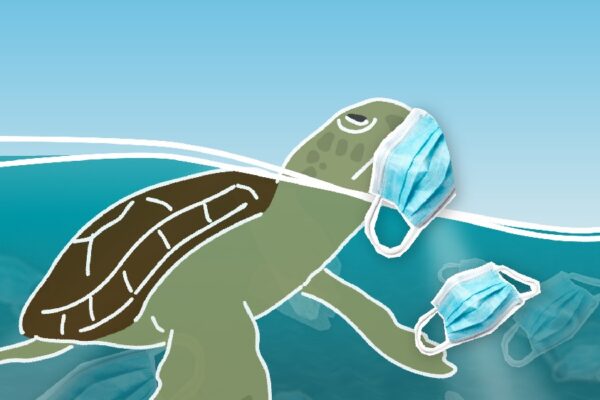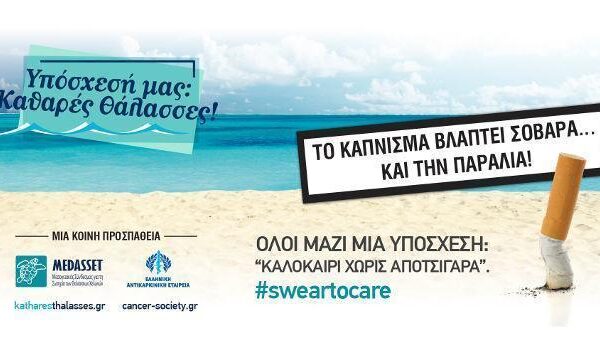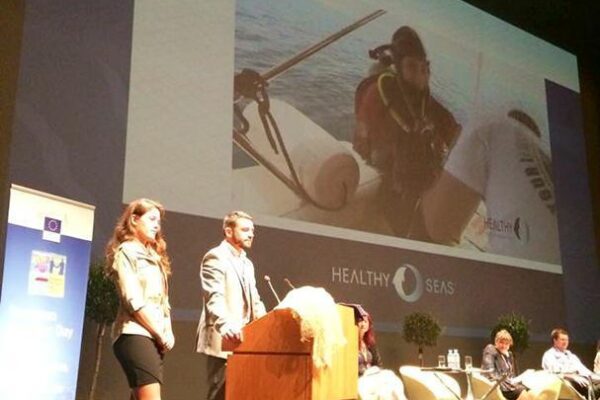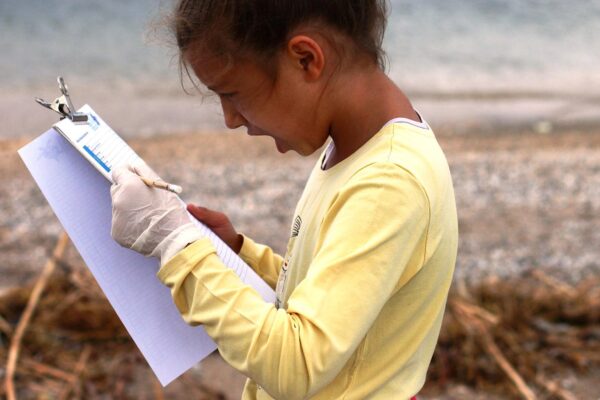Marine and coastal pollution, caused mainly by human activities, is one of the major threats to marine ecosystems.
On average, there are 450 million people living in the Mediterranean, and it is estimated that by 2025 this number will have risen to 520 million, of which 150 million will be concentrated along or close to the coastline. Moreover, the Mediterranean is a popular tourist destination attracting approximately 200 million visitors annually. In addition to this vast influx of visitors, the Mediterranean hosts unique ecosystems of plants and animals and it is known as a biodiversity hot spot.









